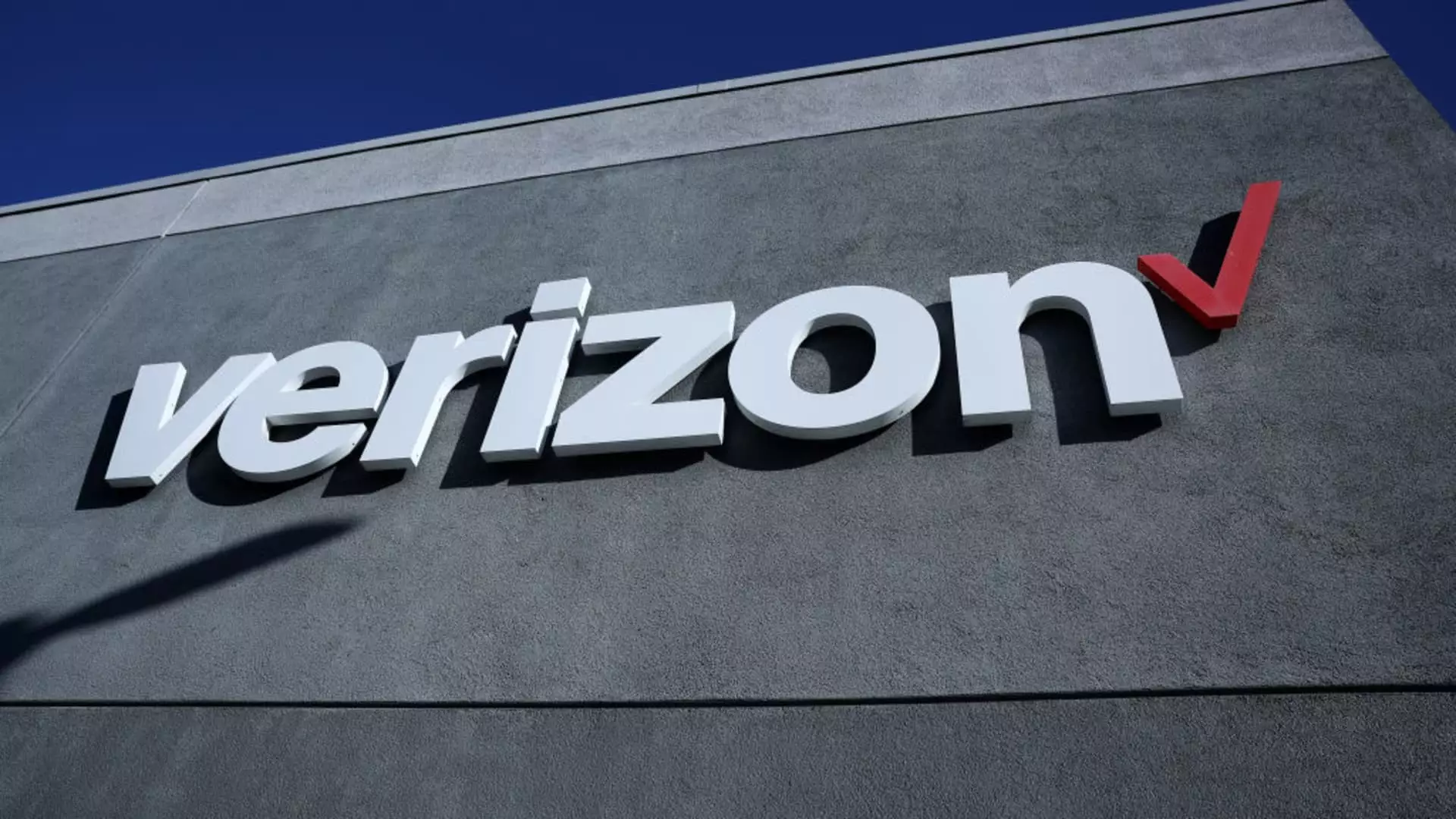In a financial landscape riddled with volatility, many investors cling to the promise of consistent income that dividend-paying stocks supposedly provide. This reliance on dividends as a sanctuary of stability is, at best, an illusion; at worst, a dangerous misconception. While companies like EOG Resources, Williams Companies, and Verizon Communications may appear to promise security through their dividend policies, a deeper analysis reveals that the they are not immune to the unpredictable tides that shape markets. The assumption that solid dividend yields equate to low risk or long-term security grossly oversimplifies reality and can lead naïve investors astray.
The narrative that dividend stocks inherently offer reliability stems from the idea of steady cash flow and shareholder-friendly policies. However, this overlooks the fragility of the underlying business models, particularly in industries like energy and telecommunications, which are increasingly vulnerable to shifts in regulation, commodity prices, and technological disruptions. Even when a company commits to returning a significant portion of free cash flow to shareholders through dividends and buybacks, this financial discipline can be easily compromised by unforeseen shocks—commodity market crashes, regulatory clampdowns, or sudden industry shifts. A superficial glance at payout ratios and historical yields offers little insight into looming vulnerabilities.
The Hidden Risks Behind Rhetoric of “Strong Fundamentals”
It is easy for analysts to praise companies like EOG Resources for their “solid fundamentals” and “expansion strategies,” yet these assessments often rely on optimistic forecasts and selective data points. For instance, EOG’s recent acquisitions and expansion into shale play are portrayed as catalysts for future growth, but these are inherently risky ventures. Market volatility in commodities, environmental regulations, and geopolitical tensions cast long shadows over such strategies. Rhetoric about cash flow and shareholder returns, while appealing, doesn’t necessarily account for the transient nature of commodity-dependent businesses or the capital-intensive landscape they operate within.
In the case of Williams Companies, growth prospects are often framed around their project backlog and infrastructure investments. But infrastructure projects are notoriously subject to delays, cost overruns, and regulatory hurdles. The optimistic forecasts about pipeline revival and project execution, even from reputable analysts, may be too detached from the realities of energy politics and environmental pressures. Expecting such companies to consistently deliver on high dividend payouts while navigating these low-certainty environments is a gamble that often underestimates systemic risks.
Verizon, as a telecommunications giant, offers a different narrative—much of its valuation hinges on market share gains and the promise of future subscriber retention. While the company boasts a sizable dividend yield, underlying issues like customer churn and promotional pressures threaten long-term sustainability. The assumption that a stable dividend indicates a resilient business ignores the structural shifts in telecom consumption, such as new forms of competition and changing customer preferences. Investors willing to overlook these concerns risk finding themselves blindsided when market conditions shift unexpectedly.
The Illusion of Defensive Stocks in a Changing World
There is an alluring narrative that high dividend yield companies are “defensive,” shielded from the worst of economic downturns. Yet, this narrative neglects how industries like energy and telecom are intertwined with macroeconomic and regulatory dynamics that can drastically alter their fortunes overnight. Though energy producers like EOG may appear more “defensive” when their stock prices hold up, the truth is that they are highly sensitive to commodity prices, which are driven by factors well beyond their control—overt geopolitical tensions, climate policies, or global economic shifts.
Moreover, the so-called “defensive” nature of these stocks becomes questionable when their dividends are viewed as a heavily leveraged form of financial support. Companies may boast of high payout ratios, but such strategies are only sustainable in the short term if cash flows remain robust. When market shocks strike, dividend cuts may become unavoidable, destroying the very income reliability investors depend on. This is a critical flaw in the myth that dividend aristocrats or high-yield stocks are inherently safer bets.
In fact, during times of crisis, such stocks tend to be among the first to buckle under pressure, revealing the fallacy of blindly trusting their dividend promises. Their perceived safety is often a veneer masking underlying vulnerabilities resistant to systemic shocks. As such, a more discerning approach to dividend investing involves scrutinizing not just current yields or rosy analyst forecasts but understanding the macroeconomic, regulatory, and industry-specific risks that threaten dividend sustainability.
Challenging the Status Quo of Dividend Investing
It’s tempting to see dividend stocks as a failsafe component of a balanced portfolio, but this approach can lull investors into complacency. Relying disproportionately on dividend yields can lead to ignoring fundamental issues like high payout ratios, heavy debt loads, or shrinking market share. The recent commentary from Wall Street analysts and market experts often emphasizes optimistic forecasts—yet, history warns us that those projections can quickly turn sour, especially if broader economic conditions sour or regulatory environments tighten.
Investors who use dividend stocks as their primary safety net need to adopt a more skeptical stance—questioning not just the revenue streams but also the underlying business health. Companies that appear to be “defensive” today might become liabilities tomorrow if they fail to innovate or adapt to the new economic order. The promise of shareholder-friendly policies should never overshadow critical assessment; otherwise, the allure of passive income may descend into a costly illusion of safety.
Ultimately, in an era characterized by rapid technological evolution, environmental upheavals, and geopolitical uncertainty, the static notion of “safe” dividend stocks is increasingly outdated. Investors must embrace a more nuanced understanding: that dividend safety depends largely on resilience, adaptability, and overarching economic conditions—not on past performance or analyst praise. Blind trust in the dividend fairy tale is a perilous gamble in a world where stability is continually challenged.

